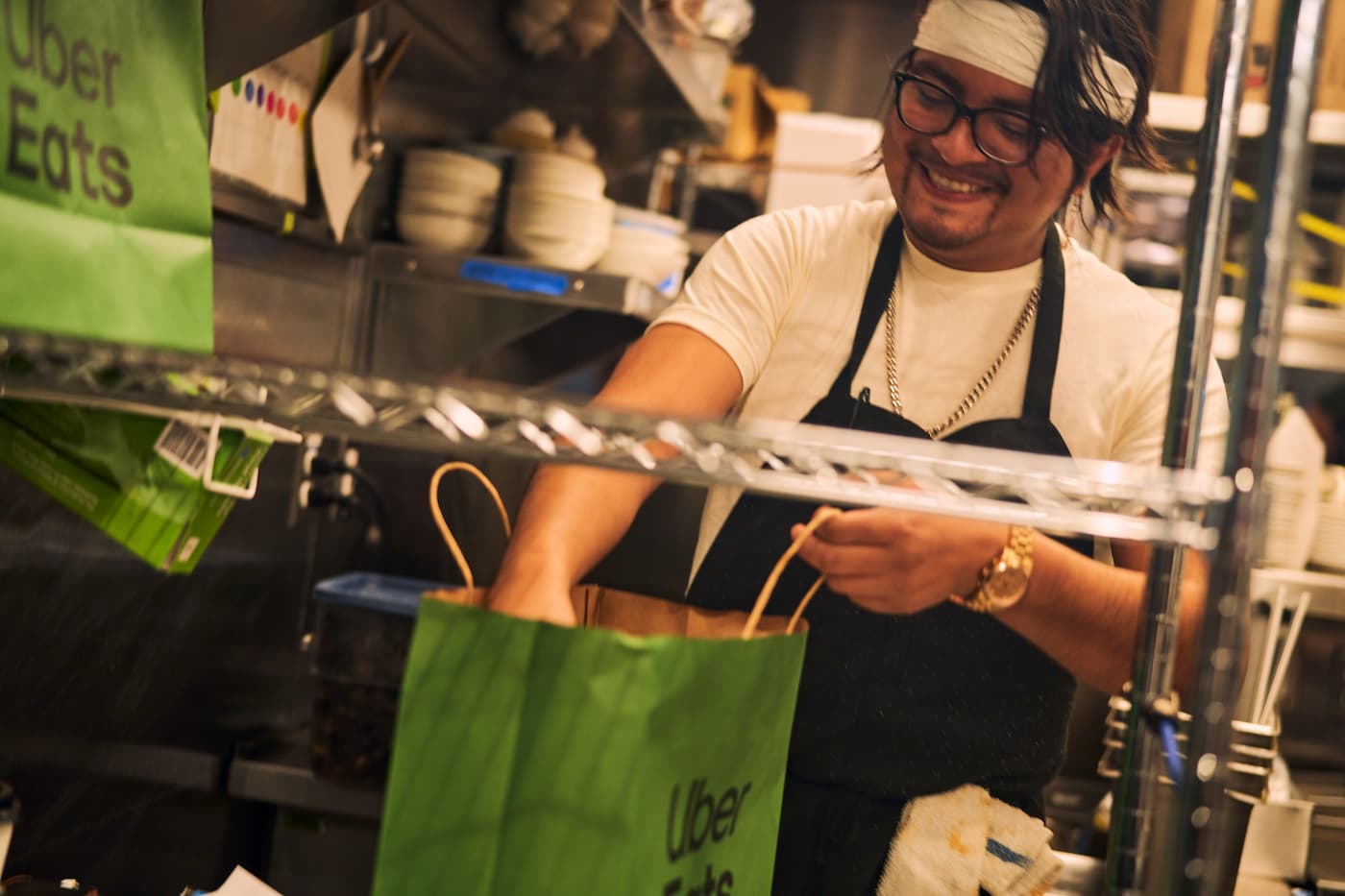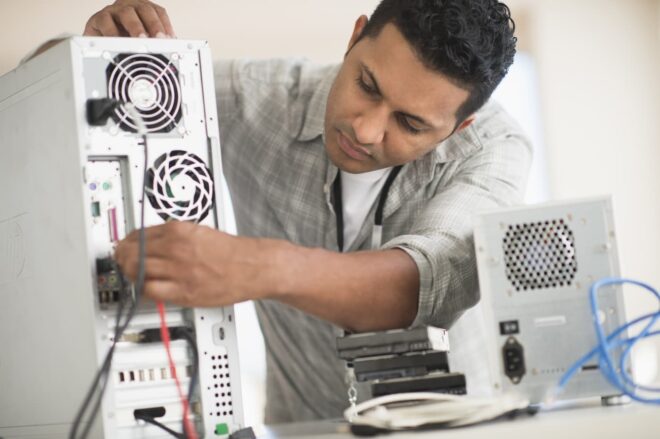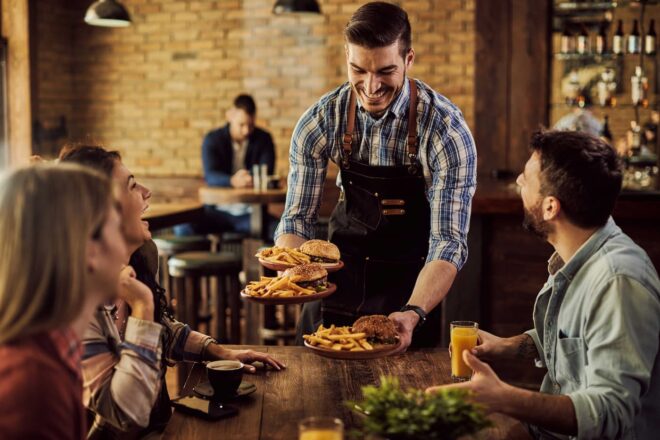How to improve order accuracy in your restaurant
Editorial Team
6 min read
The restaurant industry is growing steadily. In a recent survey of restaurant customers, 55% of respondents said they are dining in person the same amount or more than they did before the pandemic.
And dine-in isn’t the only area where we’re seeing boosts. In the meal delivery segment, the number of users is expected to climb to 2.5 billion in 2027. That’s a 47% increase from the end of 2022.
While this is great news, it also means you have more logistics to balance when it comes to getting orders right—both in your restaurant and with deliveries.
As you navigate balancing in-store demand with off-premises orders, you can’t let order accuracy slip through the cracks. If you do, you risk losing customers, getting poor reviews, and seeing your costs skyrocket.
This article will focus on how to improve order accuracy for deliveries, covering:
- What order accuracy is and how to calculate it
- Why order accuracy is important
- How to minimize order errors
Let’s dive in.
What is order accuracy, and how do you calculate it?
Order accuracy refers to fulfilling orders without any incorrect or missing items. Boosting order accuracy rates ensures that every order is consistent, correct, and meets the customer’s expectations from the initial preparation stages to the moment the customer receives their delivery.
Here’s how you can calculate order accuracy for your business:
Order accuracy rate = (number of orders you fulfilled correctly ÷ total number of orders you processed) x 100
So if you processed 500 delivery orders in a day and 485 of them were correctly fulfilled, your order accuracy rate for that day would be:
(485 ÷ 500) x 100 = 97%
Ideally, you’d aim for a rate as close to 100% as possible to keep your customers happy and reduce unexpected expenses.
Why is order accuracy important?
Customers are spending their hard-earned money at your restaurant, and they expect to get what they order.
When orders are incomplete or inaccurate, it not only affects the customers’ experience and drives them away, but it also costs you to replace orders or issue refunds. To quantify this, a recent survey found that 90% of consumers have received an incorrect food order. More than half (52%) of these customers asked for a refund, and 4 in 10 reported that they ordered from another restaurant after that.
Another reason to improve order accuracy rates is because it can affect your visibility on certain third-party delivery apps. If you have consistent poor order accuracy rates, your restaurant may be less likely to be discovered by new potential customers.
How to minimize errors in delivery orders
Low order accuracy rates affect your reputation, ratings, and revenue. You can take specific actions to improve your rates and provide better customer service. Here are the top 9 ways to minimize order errors:
1. Keep online menus up to date
Frequently review and update your menus with current information. If you no longer offer an item (or a specific menu item is out of stock) and a customer orders it, it will disappoint your customer, cause confusion, and result in inaccuracies. Make it a point to update your menus regularly.
2. Check off items using printed receipts
Double-check receipts, and tick off items you’ve already added to the order. This process will make sure the order is complete and accurate. Another creative idea is to include an order accuracy card in delivery bags. The card can be branded with your store’s logo and include an employee’s signature, verifying that the bag has been checked for accuracy.
3. Write the order name and number on the bag
To ensure the accuracy of delivery orders, label them with customer names — especially during peak times when multiple orders may be ready simultaneously. If you have customers with common names, it’s also smart to write the name and order number on the bag.
4. Use protective packaging
Another way to improve order accuracy rates is to invest in excellent packaging. If a bag or cup tips over, high-quality packaging can save the food from spilling. Great packaging also preserves the condition and temperature of the food during transition. Another idea is to secure delivery orders with tamper-proof methods. For example, consider stapling the bag shut or tying the top of a plastic bag in a tight knot.
5. Number the bags
If a single order is large and requires multiple bags, number every bag (for example, “1 of 3,” “2 of 3,” and “3 of 3”). This prevents parts of the order being left behind. It also helps the delivery person quickly account for the whole order.
6. Confirm handoff to the right delivery person
Put a process in place that helps your employees verify that they’re giving the correct order to the right delivery person. You can do this by reading off the name and order number to the delivery person before handing it to them. If you stage delivery orders in a pickup area, having the order name and number displayed clearly on the bag is key.
7. Stage orders near the beverage station
It’s easy to concentrate so hard on writing names and numbers on bags that you forget about including the beverage in the order. To avoid this problem, stage completed orders next to the beverage station. This station will act as a visual reminder to include drinks with the delivery.
8. Monitor analytics
The best digital order and delivery platforms provide analytics and data visualizations to show you your most common inaccuracies or recurring issues. For example, if your staff often misses order customizations, you’ll see this in your analytics dashboard. Analytics help you identify problematic patterns and fix them before they become costly.
9. Integrate your point-of-sale (POS) system
Above all, consider integrating your POS system with any third-party delivery platforms you work with. Integration helps you manage storefronts, menus, and orders from a central hub. It also allows for information (like menu updates and revised store hours) to sync automatically, reducing the chances of order errors stemming from disjointed systems. Even more, your staff is accustomed to using one restaurant POS, so integrating with a system they already use can reduce the need for additional training or the friction that can come with managing multiple tablets simultaneously.
Tap into the strengths of your technology
Restaurants can be stressful and disorganized—but they don’t have to. Tools like the Uber Eats integration with the Clover POS system help you manage orders, streamline delivery operations, improve efficiencies, and tap into the power of the Uber platform from your existing hardware
To start seeing improvements in order accuracy, log in to the Clover Dashboard and activate online ordering with Uber Eats.
THE UBER EATS TEAM
Uber Eats offers flexible delivery solutions to help businesses reach new customers, drive loyalty, streamline operations, and grow on their own terms. Uber Eats integrates seamlessly with Clover, allowing Clover users to onboard efficiently and manage food delivery from their existing point-of-sale system.
Related Posts
Why business owners should pay themselves first
Quick Service Restaurants (QSR)
How to franchise a restaurant
Popular Topics
Stay in touch
Sign up and learn more about Clover.
Thank you for your subscription!
More posts about starting a small business
eBook





